Interactive touch panels in the pharmaceutical industry
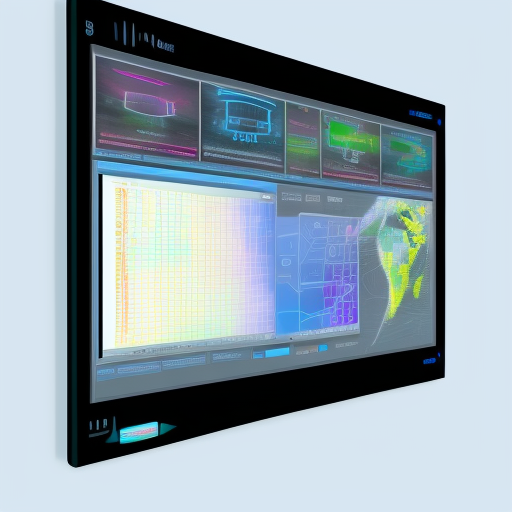
Interactive touch panels can be very useful in the pharmaceutical industry. Here are some ways they can be used:
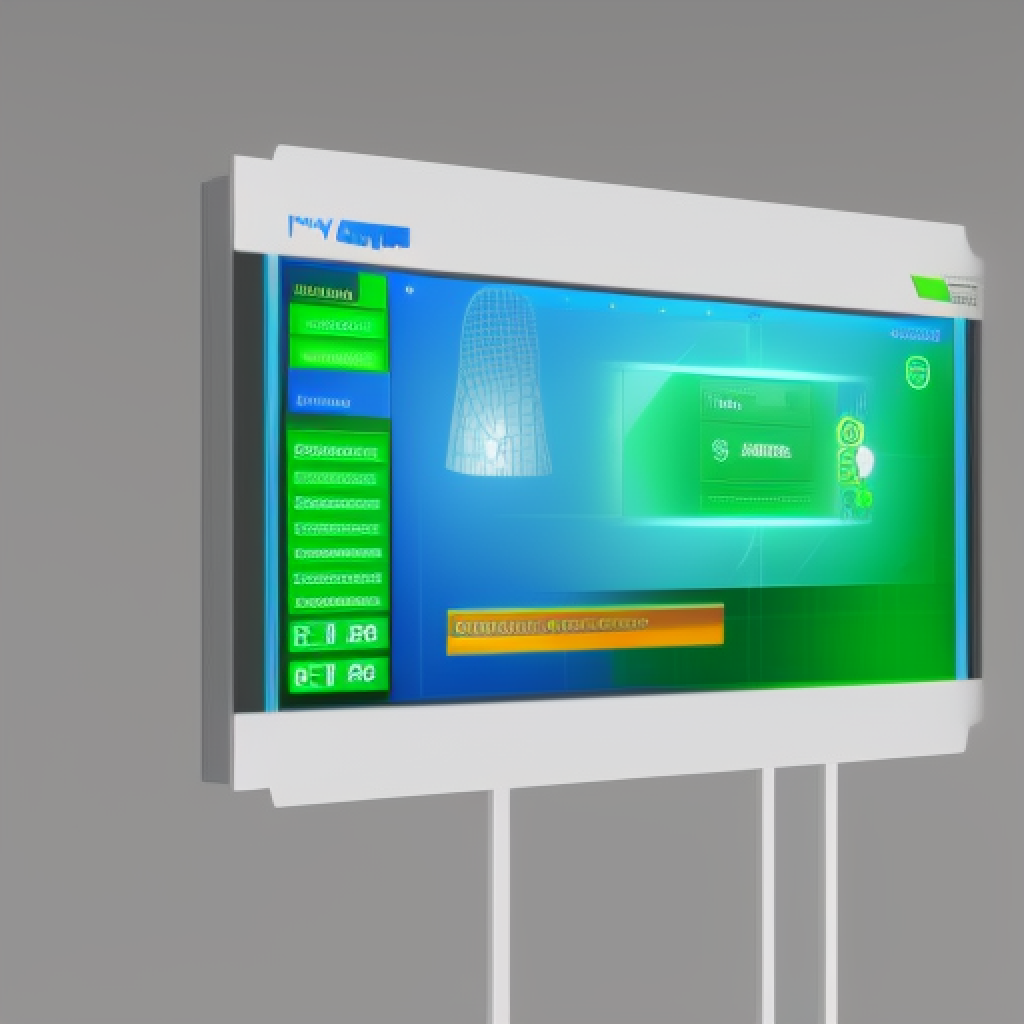
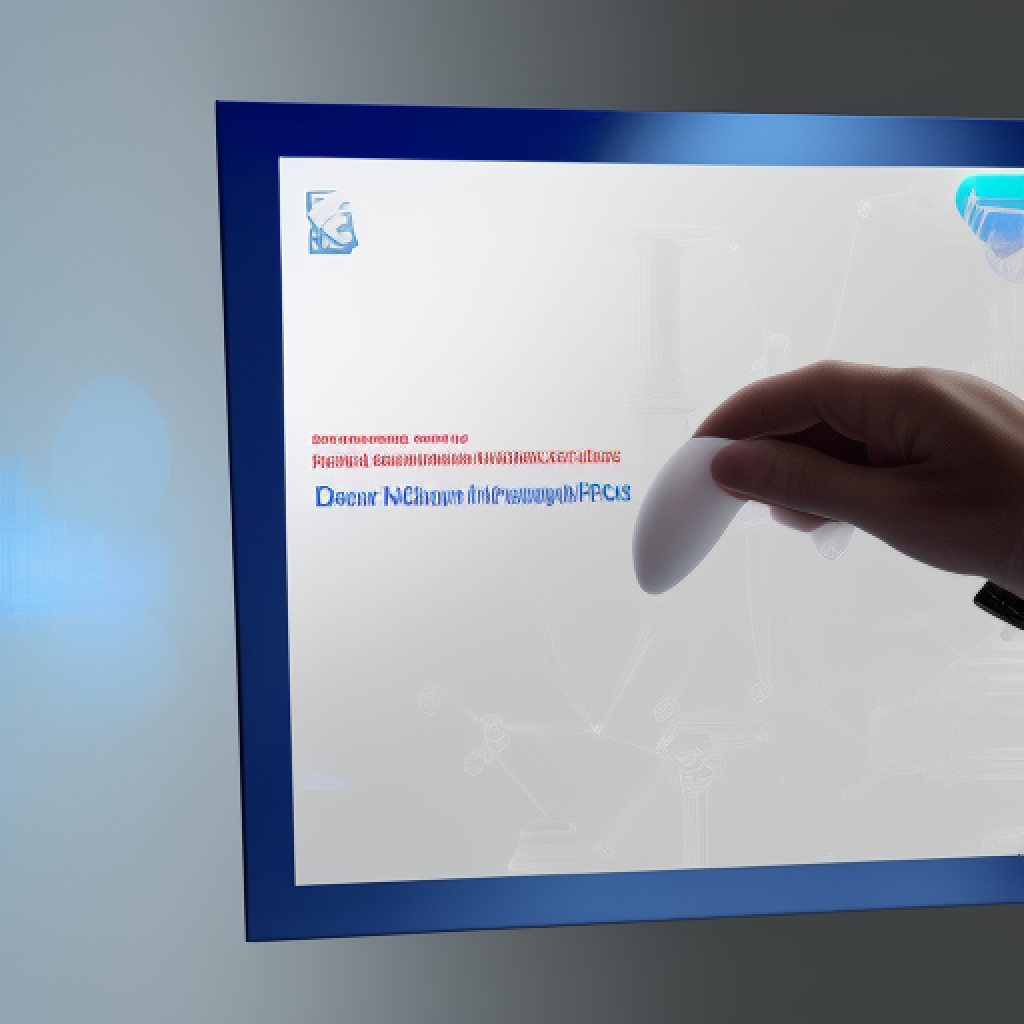
Interactive touch panels have become an increasingly popular tool for training purposes in various industries. They provide a unique and engaging way for employees to learn about new products, procedures, and safety protocols. These panels are often equipped with multimedia features such as videos, images, and interactive quizzes, making training sessions more vibrant and stimulating. One of the significant benefits of using interactive touch panels for training is that they allow employees to learn at their own pace. Trainees can review information multiple times and revisit specific modules if needed. This feature allows trainees to fully understand complex concepts or procedures that may be difficult to grasp during a traditional training session. Moreover, interactive touch panels can be customized to meet the specific needs of a company or industry. For instance, a manufacturing company can use these panels to train employees on safe machine operation, maintenance procedures, and emergency protocols. Meanwhile, a retail company can use interactive touch panels to train staff on customer service, product knowledge, and sales techniques. Another advantage of using interactive touch panels for training is that they provide real-time feedback to both trainees and trainers. Trainees can receive immediate feedback on their progress, and trainers can track their trainees’ progress and adjust their teaching methods accordingly. This feature can help identify any knowledge gaps and ensure that all trainees receive the same level of training. In conclusion, interactive touch panels are an excellent tool for training purposes. They provide a unique and engaging way for employees to learn about new products, procedures, and safety protocols. They offer the flexibility for employees to learn at their own pace, can be customized to meet specific needs, and provide real-time feedback to both trainees and trainers.
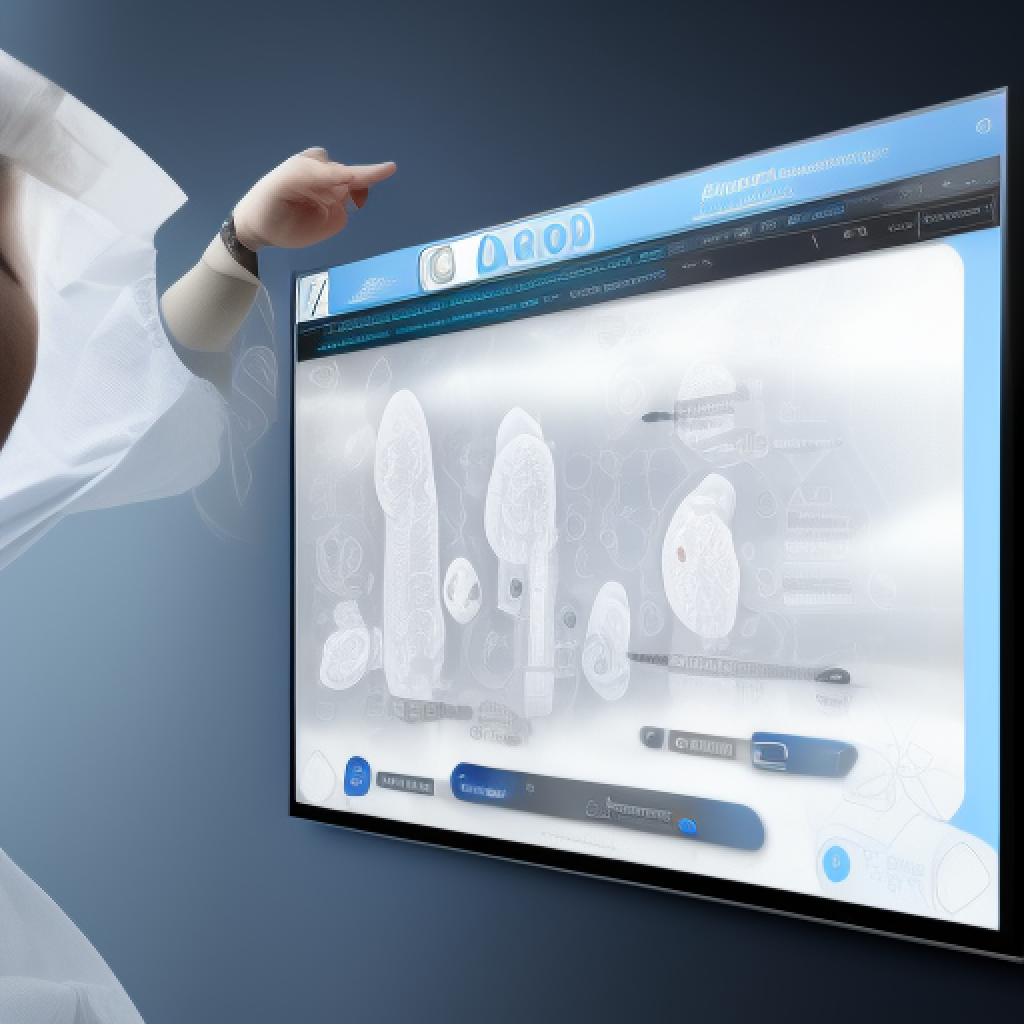
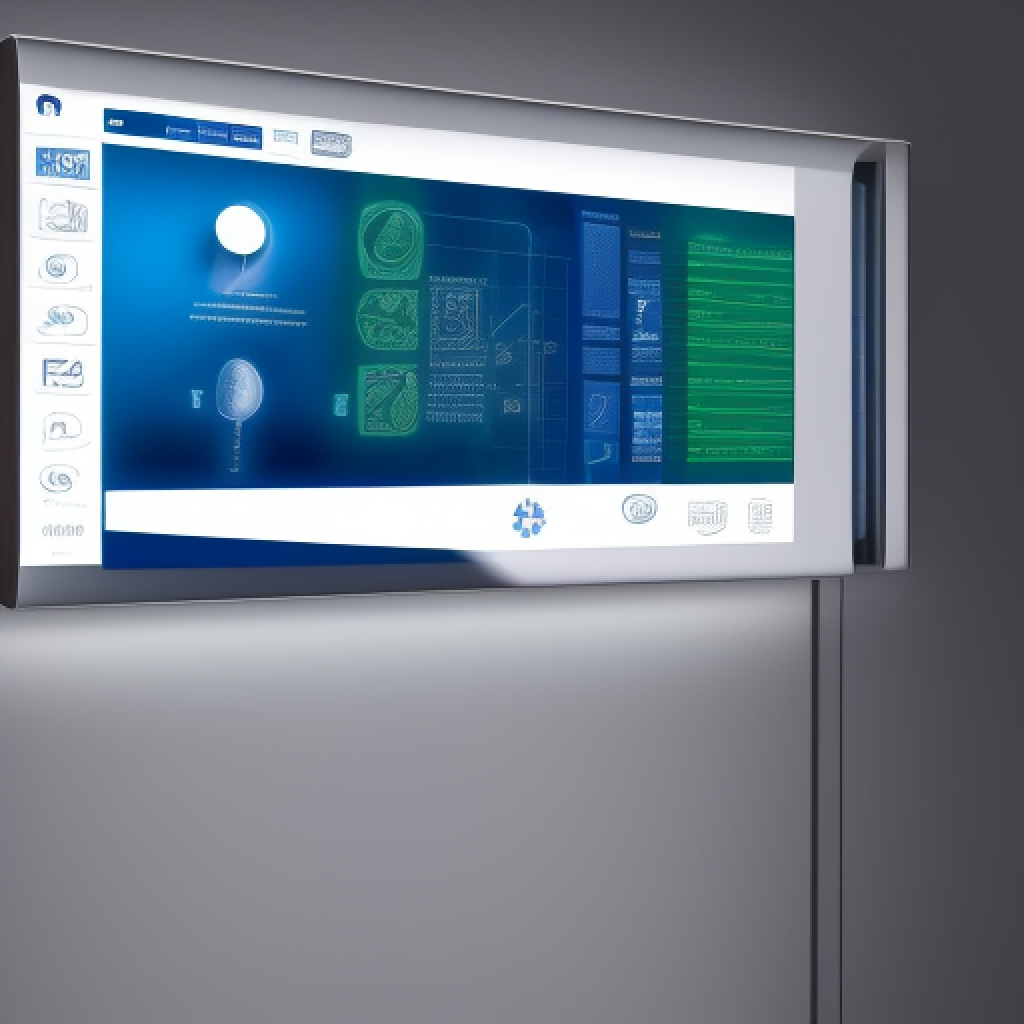
Interactive touch panels have revolutionized the way businesses present their products, services, and ideas to clients and customers. These state-of-the-art panels have become an essential tool in modern business communication, providing a powerful and intuitive way to showcase products, explain procedures, and demonstrate the benefits of various products and services. One of the key advantages of interactive touch panels is their ability to engage customers and clients in a more meaningful way. Unlike static presentations, interactive touch panels allow for real-time feedback and interaction, enabling the presenter to tailor the presentation to the needs of the audience as it unfolds. This helps to create a more engaging and memorable experience for the audience, increasing their level of interest and involvement in the subject matter. Another benefit of using interactive touch panels for presentations is their versatility. These panels can be used to display a wide range of multimedia content, including videos, images, audio, and text. This allows the presenter to create a dynamic and engaging presentation that is both informative and visually appealing. Additionally, interactive touch panels can be used to incorporate real-time data, such as sales figures or production metrics, making them an excellent tool for business performance reporting. In the healthcare industry, interactive touch panels are particularly useful for demonstrating the benefits of various medicines and medical procedures. These panels can be used to simulate medical simulations, allowing healthcare professionals to demonstrate how a procedure works and the expected outcomes. This helps to improve patient understanding and engagement, and ultimately leads to better health outcomes. In addition, interactive touch panels can be used to educate healthcare professionals on new treatments and therapies, helping to improve the standard of care. In conclusion, interactive touch panels are a versatile, powerful, and intuitive tool that can be used to deliver engaging and effective presentations to customers, clients, and patients. They are particularly effective in industries such as healthcare, where they can be used to improve patient understanding and engagement. By incorporating interactive touch panels into their communication strategies, businesses can increase their engagement, improve their messaging, and ultimately drive better business outcomes.
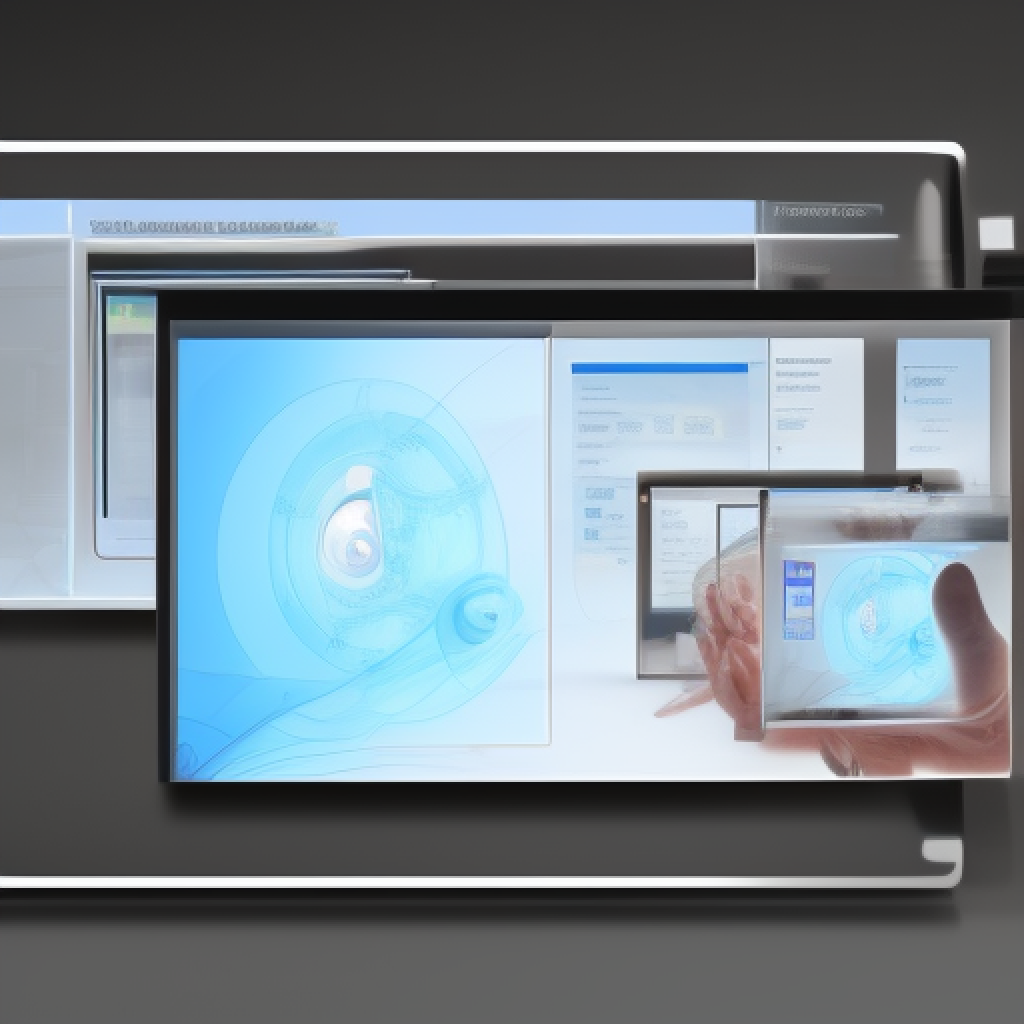
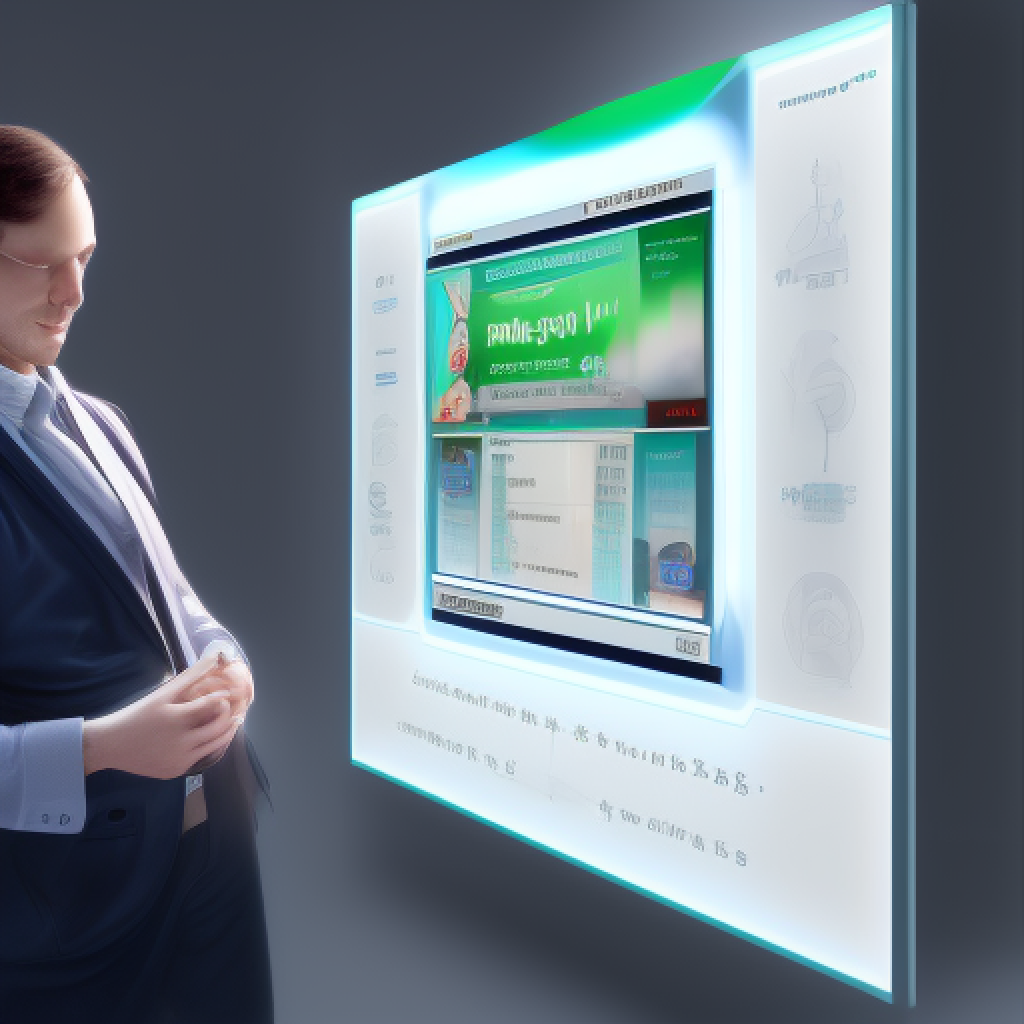
Interactive touch panels have taken the world of business communication to a whole new level by offering a range of innovative features that allow for seamless collaboration between teams. With the increasing trend of remote work, companies are turning towards interactive touch panels to ensure that their employees can work together effectively, irrespective of their physical location. One of the significant benefits of using interactive touch panels is that they enable teams to work collaboratively on projects. This means that team members can instantly contribute to ongoing projects, share their ideas, and make suggestions. Moreover, these panels offer real-time communication features, allowing teams to discuss vital issues, brainstorm solutions, and make decisions without the need for physical meetings. The interactive touch panels also offer a range of interactive tools that facilitate seamless collaboration. For instance, teams can use whiteboarding tools to sketch out their ideas and share them with colleagues, enhancing team creativity and productivity. Additionally, the panels come equipped with screen sharing features that enable teams to view and modify files in real-time, making it easier to work on projects together. Moreover, interactive touch panels are incredibly versatile and can be used in a range of settings. They can be used for virtual meetings, webinars, and training sessions. In fact, some companies are using these panels to conduct interviews and onboarding sessions, as they enable remote candidates to interact with their potential employers effectively. In conclusion, interactive touch panels have revolutionized the way teams collaborate in the workplace. By offering a range of innovative features and tools, they facilitate seamless communication and collaboration, resulting in increased productivity and creativity. As more companies adopt remote work, interactive touch panels will continue to play a vital role in ensuring that teams can work together effectively, irrespective of their physical location.
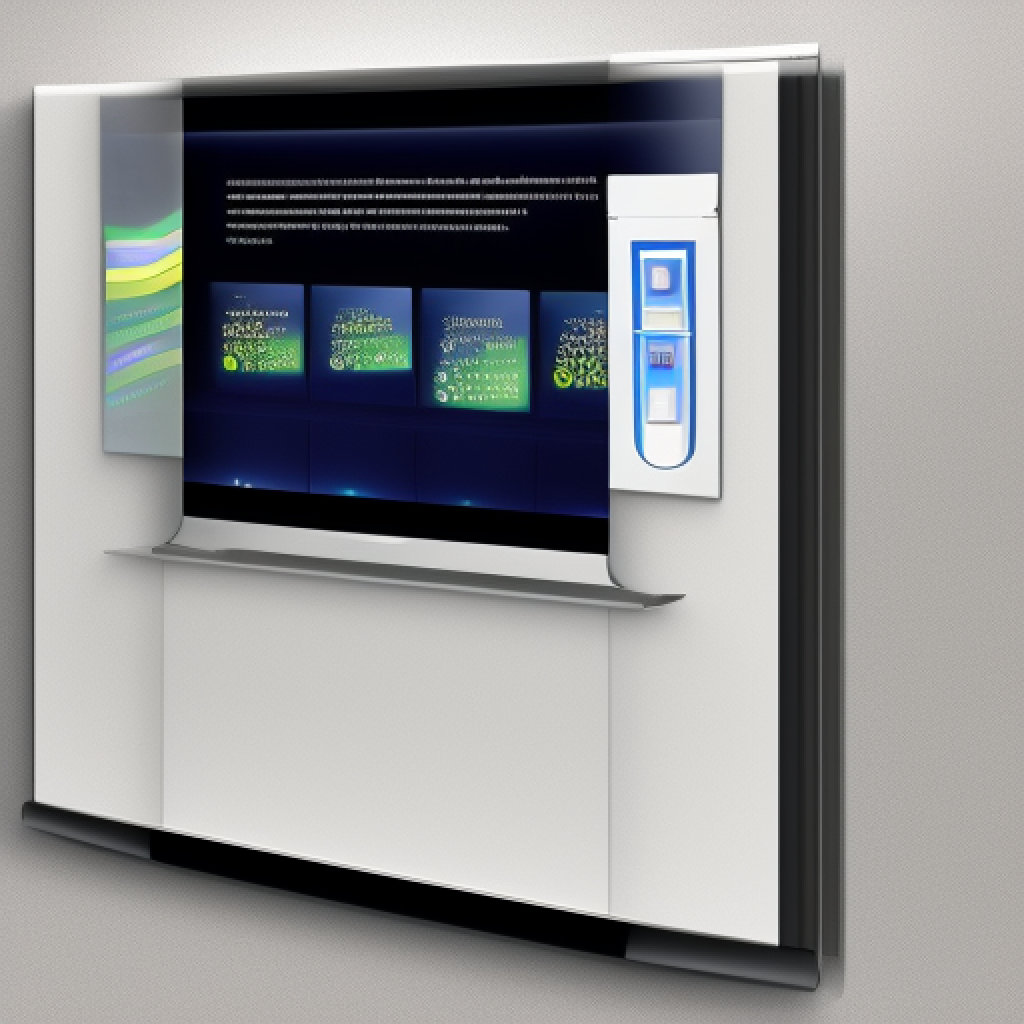
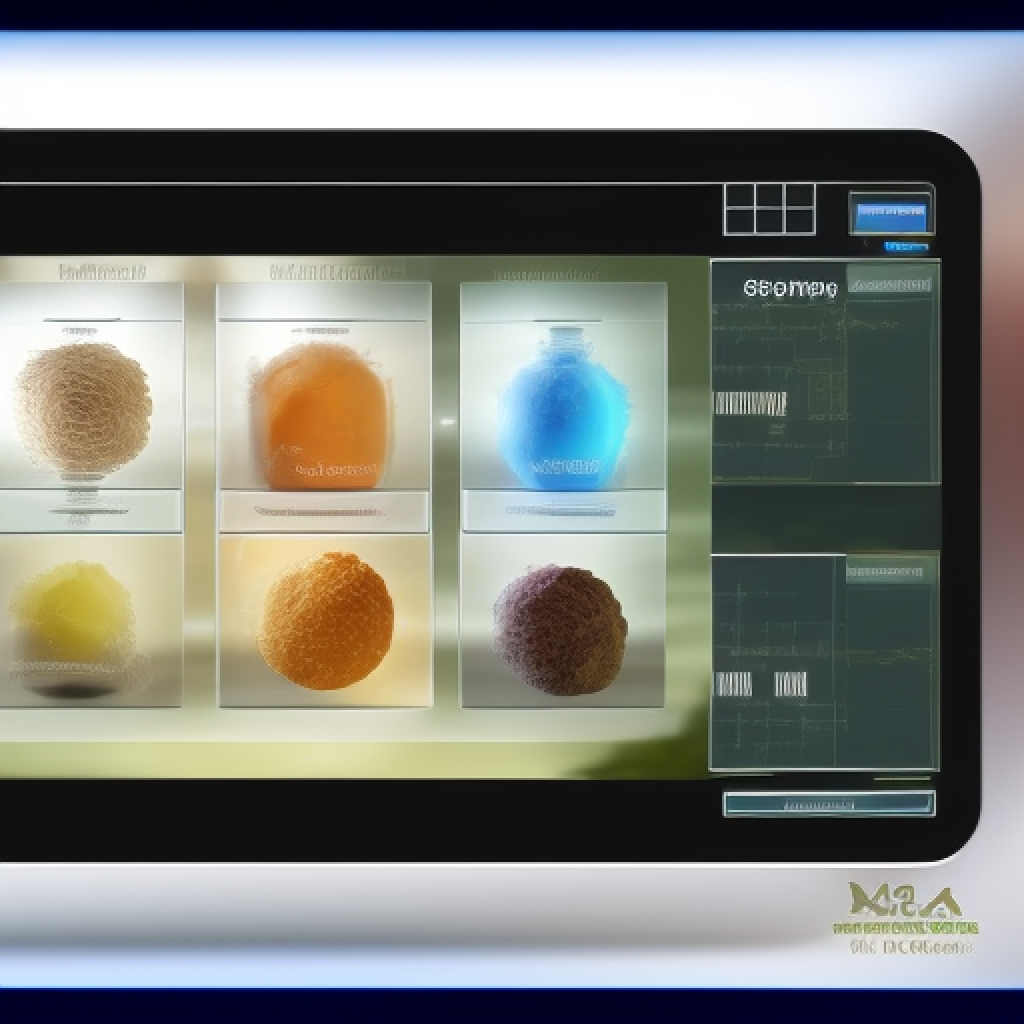
Data visualization is the graphical representation of data and information that helps to convey complex data sets in an easy-to-understand format. It is a crucial tool for businesses, researchers, and analysts as it enables them to explore data and extract insights that are often hidden in the raw numbers. Interactive touch panels, which have become increasingly popular, are an excellent way to visualize data as they allow users to manipulate and interact with the data, making it easier to understand and use. Interactive touch panels are being used to display information about the effectiveness of medicines and the results of clinical trials. They enable medical professionals, researchers, and analysts to view and understand data in a more intuitive way, making it easier for them to spot trends, patterns, and anomalies. By using interactive touch panels, healthcare professionals can make better-informed decisions regarding patient treatment, medical research, and clinical trials. In addition to healthcare, interactive touch panels are being used in a variety of industries to display important metrics. For instance, retailers use them to track customer behavior, analyze sales data, and optimize store layouts. They also use them to display store performance metrics, which help managers keep track of sales targets and employee performance. In the manufacturing industry, interactive touch panels are used to display production line data, which enables plant managers to monitor and optimize production processes. Interactive touch panels are highly versatile and can be used in a range of settings, from educational institutions to public spaces such as museums and galleries. They are ideal for displaying information in a way that is engaging and interactive, which is particularly important in settings where visitors may have limited attention spans or may not be familiar with the subject matter. In conclusion, interactive touch panels are a powerful tool for data visualization that can be used in a range of industries and settings. They enable users to explore and interact with data, making it easier to understand and use. By using interactive touch panels, businesses, researchers, and analysts can make better-informed decisions, leading to improved outcomes and increased efficiency.
In today’s world, patient education is an essential part of clinical practice. It helps patients understand their conditions and treatments, empowers them to make informed decisions, and improves their overall health outcomes. Interactive touch panels are one such technological innovation that has revolutionized the way healthcare providers educate their patients. These panels offer a range of benefits, such as more effective communication, increased patient engagement, and better retention of information. Interactive touch panels can be used to educate patients about a variety of conditions, from chronic diseases like diabetes and hypertension to acute conditions like fractures and infections. They can also be used to explain various treatment options, such as medications, surgeries, and rehabilitation. Patients can interact with the panels by touching the screen, watching videos, and listening to audio recordings. This type of engagement makes the educational process more fun, memorable, and effective. One of the most significant advantages of interactive touch panels is their ability to show patients how to take medications properly. This is especially important for patients who are elderly, have cognitive impairments or language barriers, or are on complex medication regimens. The panels can display step-by-step instructions, animations, and even virtual reality simulations to help patients understand how to take their medications correctly. This can reduce medication errors and improve medication adherence, which can ultimately lead to better health outcomes. Interactive touch panels can also be used to explain the side effects of medications and treatments. Patients may experience various side effects, such as nausea, dizziness, or fatigue, that can impact their quality of life. By using the panels to show patients what to expect and how to manage these side effects, healthcare providers can help patients feel more comfortable and confident about their treatments. Lastly, interactive touch panels can be used to answer questions about patients’ health. Patients may have questions about their conditions, treatments, or lifestyle changes that they need to make. By using the panels to provide clear and concise answers, healthcare providers can help patients feel empowered and informed about their health. In conclusion, interactive touch panels are a powerful tool for patient education. They offer a range of benefits, such as improved communication, increased patient engagement, and better retention of information. By using these panels to educate patients about their conditions, treatments, and medications, healthcare providers can empower their patients and improve their overall health outcomes.







